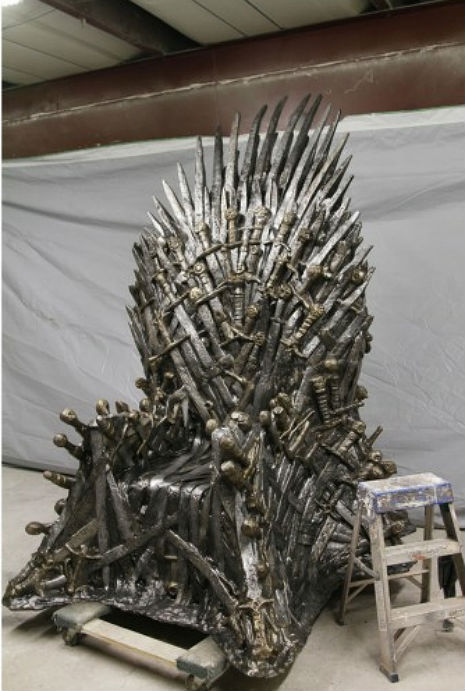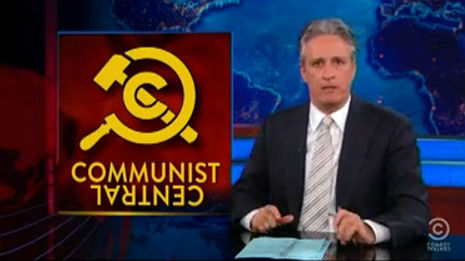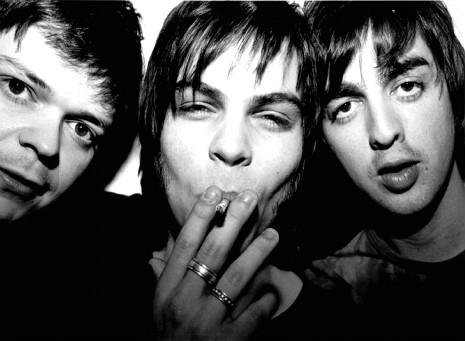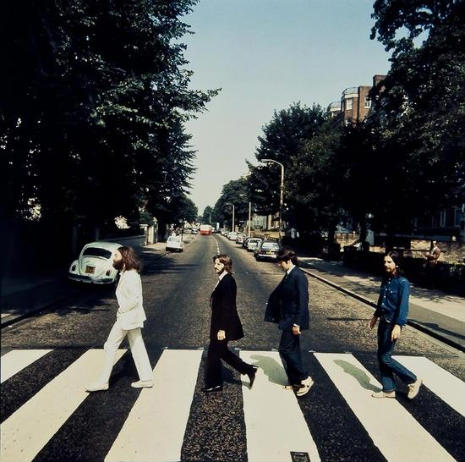
I can still recall watching The Ascent of Man when it was first broadcast on TV. It was a startling experience, like taking a dive into the cold waters of a loch in November. Its presenter the scientist and mathematician, Dr. Jacob Bronowski may have been “4’ 11” in height” but he was “10’ 5” in presence.” He was astonishing on screen. Likable, super intelligent and filled with a life-loving humanity that inspired. He seemed, as a Monty Python sketch later claimed, to know “everything”.
The series had been intended as a counterpoint to Kenneth Clark‘s landmark series Civilisation, which had appeared on the BBC at the end of the 1960s. There was then still the idea that science and art were 2 different cultures, an idea which had been promoted by scientist turned novelist C. P. Snow in 1959, when he claimed in a lecture, The Two Cultures and the Scientific Revolution, that the intellectual life of “the whole of western society was split into two cultures” of Science and the Humanities.
Snow said the British educational system had put an emphasis on the Humanities (in particular the Classics) at the expense of Science. His lecture inspired a notorious rebuttal from F. R. Leavis, Two Cultures? The Significance of C. P. Snow, in which the famed academic dismissed Snow as a “public relations man for science” and destroyed his reputation as a novelist:
“Snow is, of course, a—no, I can’t say that; he isn’t: Snow thinks of himself as a novelist….his incapacity as a novelist is … total….as a novelist he doesn’t exist; he doesn’t begin to exist. He can’t be said to know what a novel is…..[Snow] is utterly without a glimmer of what creative literature is, or why it matters…..not only is he not a genius, he is intellectually as undistinguished as it is possible to be.”
Today this type of vitriol one might expect from Simon Cowell, but back then, in the dusty quadrangles of academe, it was unacceptable, and led to mailbox filled with letters from Outraged of Oxford, Cambridge and Mayfair. More damagingly, it led to an entrenchment of views between science and the arts.
In essence, the avuncular Snow believed science, or the culture of science, contained “a great deal of argument, usually much more rigorous, and almost always at a higher conceptual level, than the literary persons’ arguments.” He went on to say:
“If the scientists have the future in their bones, then the traditional culture responds by wishing the future did not exist.”
By “traditional culture” Snow meant writers, artists, those students of Humanities, and incredibly cited George Orwell’s novel 1984 as an example of someone who did not want the future to exist.
Snow claimed that science offered optimism, while let’s call them the Arts were just plain old pessimistic. he also thought writers were suspect (obviously excluding himself here), and science was the only means through which society and the quality of existence would become better. Admirable stuff. But as Leavis was to point out, while science had indeed made the quality of life better, but it only told us how to do something once the decision had been made to do it. Science could not offer the process through which humans came to the moral / philosophical decision to do something.
This debate continued during my school years, where a lack of interest in Maths or Science, or a preference for English and Art, was considered a failing. It was therefore inspiring to watch Bronowski’s Ascent of Man, who showed this separation to not only be false but irrelevant.
“For me science is an expression of the human mind, which seeks for unity under the chaos of nature as the writer seeks for it in the variety of human nature.
Or, as he explained in this interview with James Day for his series Day at Night, recorded in April 9, 1974, just 4 months before Bronowski’s death.
Where does fact end and where does imagination begin? Well, in a sense fact is what the world faces us with, and it is chaotic. We are surrounded in nature by a multitude of phenomena, in which, if order exists it certainly does not display itself.
It is when human beings enter into that, that they ask themselves where is the trail of this chaos?
The trail is called science, if we are talking about inanimate nature.
But, if we are talking about animate nature, about living things and their personal relationships, that trail is called literature or drama or cinema.
In each case, what I the scientist , you the reader, get out of the film or the book, is a series of landmarks which say ‘Follow these steps and you’ll see that there is a hidden unity’, what I call a trail, in the variety of nature. Now, finding that requires imagination, that’s not displayed for you in the open book of nature or in the hidden book of human mood.
In 1945, Bronowski visited Japan and saw at first hand the devastation caused by the detonation of an atomic bomb over the city. It affected Bronowski deeply, and he quit his involvement with mathematics to focus on writing a book on the life and poetry of William Blake. As he wrote the book and contemplated his experiences of the war, it was became clear to Bronowski, long before Snow or Leavis fired their broadsides, that the human imagination is not passive - it is what unites Science and Art - and the pursuits of which were “characteristic of the identity of the human species.”














